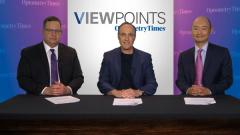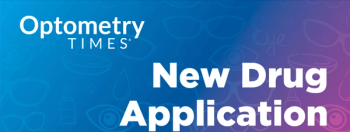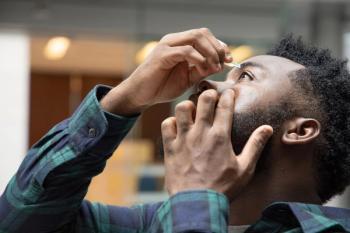
Role of Aceclidine in Presbyopia Treatment
Expert eye care specialists comment on the use of aceclidine as a selective miotic for the treatment of presbyopia.
Episodes in this series

Barry Eiden, OD, FAAO, FSLS: Dr Mah, what are the attributes of aceclidine that differentiate it from all the other agents out there?
Francis S. Mah, MD: There are several. We’ll talk about the predicate drug, which is already FDA approved. It works. We know it works because the FDA approved it. I’ve prescribed it, and I’ve tried it as well. There are some shortcomings for the product, in my experience but also on the label. No. 1 is that it does cause that brow ache or the headache that we talked about. In the FDA clinical trials, it was a significant number of patients, about 20% to 25%. It’s relatively mild most of the time. Most of the time, it’s short lasting. That’s obviously a shortcoming.
No. 2 is that in the FDA clinical trials, the length of time where it was efficacious was 6 or 7 hours on average. When speaking to patients, it’s difficult. Patients want something that’s at least once a day. They say, “If it’s not going to be a 12-hour or 10-hour efficacy, then can I use it again?” That’s another shortcoming. A third shortcoming is that some of the adverse effects that we talked about are a little more concerning, as far as potential blinding disorders, like the retinal tears and detachments, which have been reported.
As far as aceclidine, compared with those 3 adverse effects, it doesn’t seem to cause that brow ache, because it’s a lot more selective for the pupil’s sphincter. In its phase 2 clinical trials, which are public information, it seems to last, at least the pupil effect, for 10 hours, which is something that patients have been complaining about or wanting. Lastly, because it doesn’t have the effects on the ciliary body, the hope is that you have no effects, or significantly fewer effects, on that vitreous pull and the retinal detachments from retinal tears. Time will tell about that. But those seem to be the benefits over what we have.
Barry Eiden, OD, FAAO, FSLS: It seems that what we have available has certain limitations. In essence, they make us tailor its applications in certain ways to patients, whereas some of the newer agents, like aceclidine, might be something that can meet the lifestyle needs of our patients more significantly. Do you agree with that?
Andrew S. Morgenstern, OD, FAAO, FNAP: We all live on smartphones. That’s the ultimate test for the public: how am I going to use this device every day without glasses? We all do it, I’m sure. We pick up our smartphones when we get to work—7 o’clock in the morning, 7:30 in the morning—and we want them to work. When we’re taking our lunch break, we want to check email, get some messages across, talk to our loved ones—we want them to work then. At the end of the day, you want them to work then. With a presbyopia miotic drop, it’s about quality of life. It’s about functioning in real life. That’s why aceclidine has raised the bar. It’s making a better quality-of-life drug, and it’s making tasks we do daily a little simpler than the other stuff.
Transcript Edited for Clarity
Newsletter
Want more insights like this? Subscribe to Optometry Times and get clinical pearls and practice tips delivered straight to your inbox.



















































.png)


